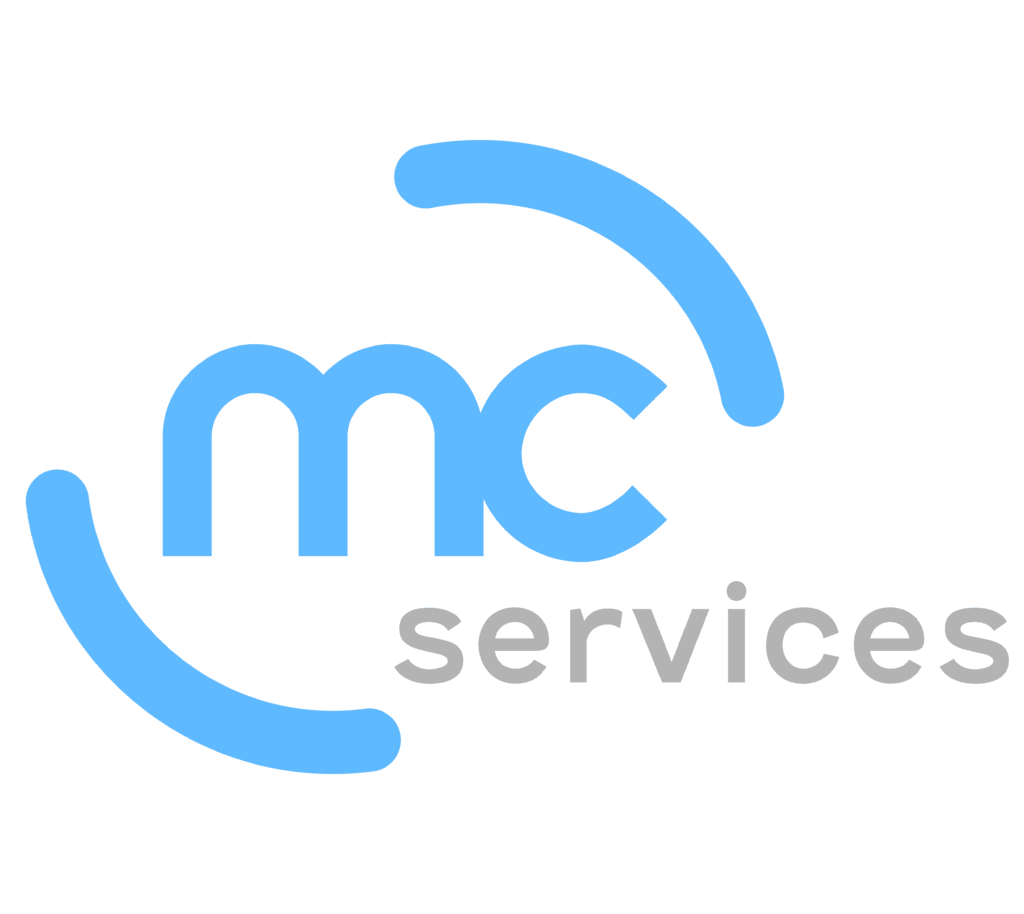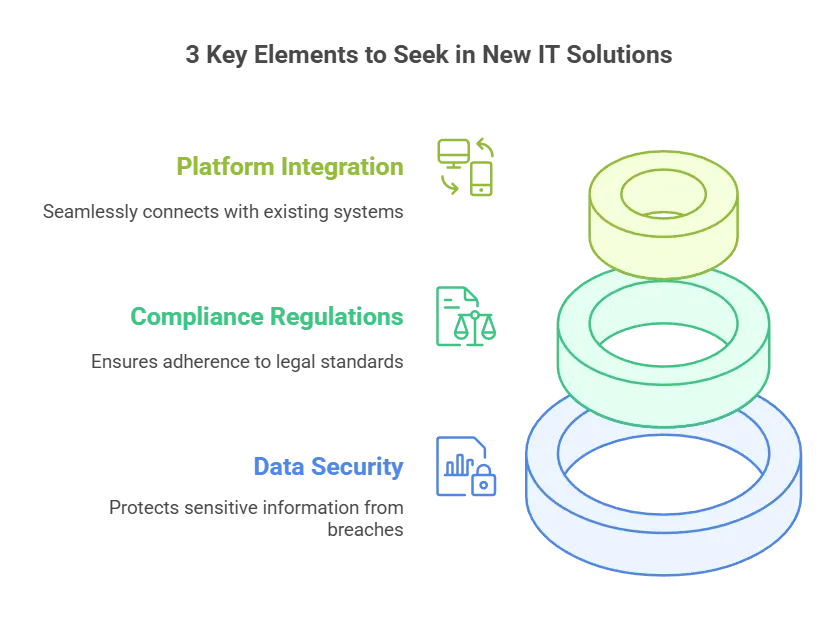You’ve seen it happen: an ambitious business invests heavily in new tech, only to find out later it doesn’t fit their needs. According to CloudSecureTech, Businesses lose $1.8 trillion every year due to inefficient IT procurement and poor practices.
| “Effective IT procurement thrives on strategic foresight, transparent vendor relationships, and a commitment to continuous improvement.” – Duane Maas, Director at MC Services |
Today’s post dives deep into the challenges of buying the right tech at the right price, especially when juggling limited budgets and evolving industry standards. Curious to learn how your organization can avoid wasteful spending and vendor lock-ins?
Keep reading for actionable insights that will transform your procurement strategy from a cost to an asset.
The Financial Pitfalls of Unplanned IT Purchases
Buying new hardware or software on impulse often leads to all sorts of hidden expenses. You might face compatibility problems, additional staff training costs, or expensive third-party integrations. These financial surprises eat away at your budget—and your team’s morale.
When you’re pressed for time, it’s tempting to stick to one familiar vendor without exploring alternatives. This can cause you to miss out on better solutions or competitive prices. Monopolizing your IT supply chain may also limit your ability to pivot as your business evolves. It pays to keep an open mind—and an open vendor list—to avoid these traps.
Elevate your procurement with expert IT supportMC Services is your partner for success. |
5 IT Procurement Best Practices
Implementing IT procurement best practices is the key to making savvy tech investments that genuinely serve your company’s goals. By clarifying your business needs up front, carefully researching vendors, and planning for long-term scalability, you can avoid the all-too-common pitfalls of overspending or vendor lock-in.
1. Clarifying Your Goals and Requirements
Assessing Business Needs
Every organization has unique needs based on its size, industry, and growth plans. Setting up formal requirements, like security standards and integration capabilities, helps you avoid purchasing tools that collect dust. Clear scope definition saves both time and money by preventing aimless vendor negotiations.
Defining Technical Criteria
Begin with a checklist covering data security, compliance regulations, and integration with existing platforms. This level of specificity ensures the tech you choose is tailor-made for your scenario rather than forcing you to conform to a one-size-fits-all tool.
2. Vendor Evaluation and Comparison
Researching Potential Partners
Diligent vendor research could be the difference between an ROI-boosting investment and a dreaded sunk cost. Ask for product demonstrations, customer testimonials, and industry certifications.
Critical Negotiation Tactics
Negotiation doesn’t have to be adversarial. An effective strategy balances cost savings with quality assurance. Seek volume discounts or extended warranties if applicable. You’ll also want to clarify service-level agreements (SLAs) for ongoing support. Remember, strong vendor relationships often lead to better deals in the long run.
3. Building a Future-Proof Strategy
Designing Scalability into Purchases
Opting for flexible, cloud-based solutions allows you to scale up or down in sync with your business trajectory. This eliminates the pressure of massive hardware investments every time you enter a growth phase.
Ensuring Alignment with Long-Term Vision
Procurement isn’t a one-and-done activity. Periodically review your chosen solutions to ensure they still meet operational needs. In a fast-paced market, technology that works today can become a burden tomorrow. A future-proof approach demands frequent adjustments and the readiness to pivot when better solutions arise.
| Learn More About How You Can Use The Latest Technology Efficiently |
4. Managing Vendor Relationships for Ongoing Success
Establishing SLAs and KPIs
Clear service-level agreements hold vendors accountable for response times, updates, and overall performance. Include quantifiable key performance indicators (KPIs)—like uptime guarantees or resolution speed—so everyone knows what success looks like.
Continuous Communication
A robust vendor relationship is a two-way street. Regular updates and feedback sessions keep everyone aligned, helping you anticipate new needs or spot minor glitches before they become major disruptions. When your vendor understands your long-term goals, they can proactively suggest upgrades or integrations.
5. Mitigating Risk and Maintaining Compliance
Regular Audits and Reviews
Conduct frequent audits to confirm that your IT environment meets all relevant regulations—especially important if your industry deals with sensitive data. The NIST Cybersecurity Framework offers guidelines to help you pinpoint risks and maintain compliance.
Disaster Recovery and Contingency Plans
Insisting on robust backup and recovery solutions is essential to maintaining uptime. Aim for solutions that offer easy failover and minimal data loss in emergencies. Make sure your vendor’s disaster recovery approach aligns with your own risk tolerance so you’re not scrambling in case of an unforeseen crisis.
Practical Table: Step-by-Step Procurement Roadmap
| Step | Action | Outcome |
| 1. Assessment | Identify specific tech needs & growth plans | Clear procurement vision |
| 2. Market Research | Compare vendors, products, and pricing | Informed shortlisting of potential solutions |
| 3. Vendor Engagement | Request demos, negotiate terms, clarify SLAs | Best-fit vendor selection with transparent agreements |
| 4. Pilot & Testing | Test chosen solution in a controlled environment | Early detection of compatibility or performance issues |
| 5. Final Deployment | Integrate system fully and train staff | Seamless adoption & reduced downtime |
| 6. Ongoing Evaluation | Monitor KPIs, SLA adherence & vendor support quality | Continual optimization & improved ROI |
Elevate Your IT Procurement with MC Services
Effective IT procurement can protect your budget, eliminate unnecessary complexity, and sharpen your competitive edge. By clarifying your goals early on, thoroughly researching vendors, and factoring in scalability, you reduce the risk of costly mistakes.
Frequent audits, well-defined SLAs, and open communication with your IT partners ensure that each purchase remains valuable over time.
MC Services stands at the forefront as a managed service provider (MSP), offering comprehensive cloud solutions to support your business growth.
| Ready to Start Your IT Procurement Process? Find Help Here! | ||
| Milwaukee | Pewaukee | Waukesha |
Contact MC Services today for expert advice and to schedule a personalized consultation.



